
by Nicole Giacomantonio, 2nd year student, MPhil Textile Conservation
Though
dyeing is the most common means of applying colour to fabric for use in the
conservation of textiles, common artists’ paints have been empirically tested
and successfully used in producing coloured supports for nearly 30 years. The
variety of effects achievable through the numerous means of applying paint
systems to a substrate can allow for flexibility and a multitude of treatment
options. In my treatment of an early 20th century pincushion from Dumfries Museum (Figure 1), I learned first-hand that paints can be a helpful
addition to the conservators’ treatment tool kit.
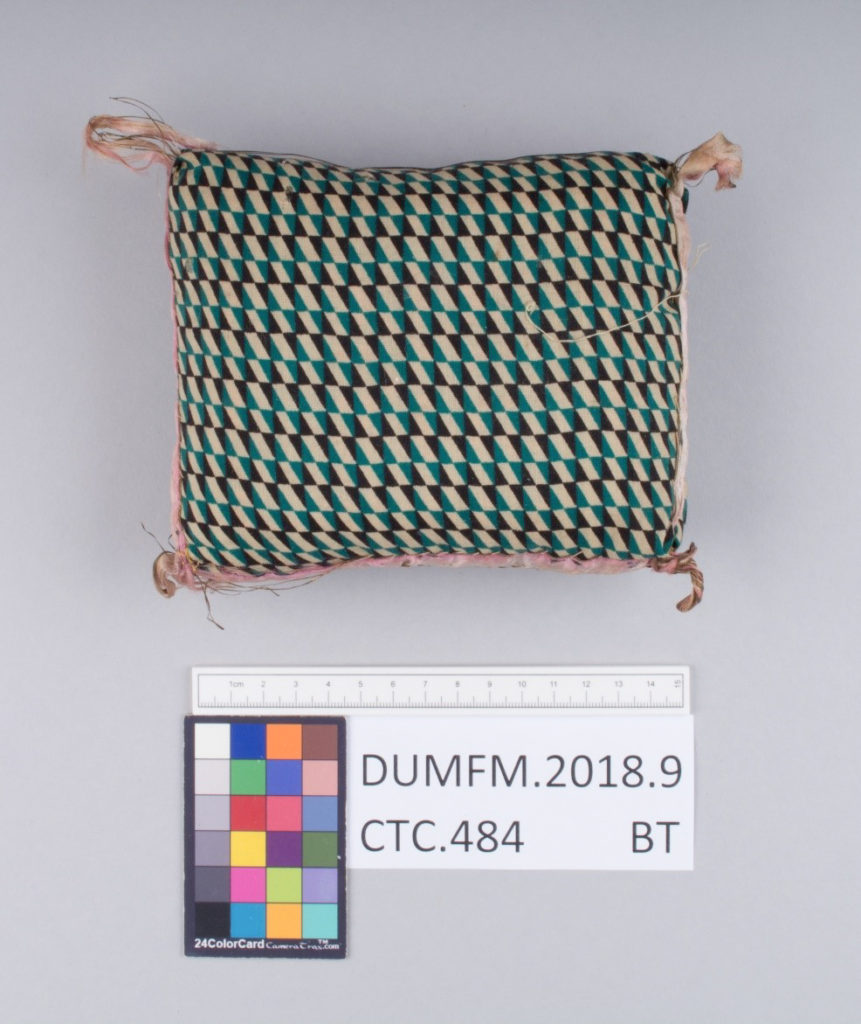
Pigment colouring materials do not have the same affinity for fabric as immersion dyes because pigments and dyes bond to fibres differently. The chemistry of a dye is formulated to that of the fibre and involves a permanent chemical bond between the dye and fibre, while pigments are particles of colour that adhere to a substrate through a binder. However, once set, pigments can have excellent mechanical and ageing properties, good fastness to light and washing[1].
One of the areas of the pin cushion that required a coloured support was the missing areas of the geometric printed pattern of the cushion (Figure 2&3).
Figures 2 & 3: Areas of loss in the geometric print pattern, revealing the light blue lining beneath © University of Glasgow and courtesy of Dumfries Museum, 2020.
The aesthetic quality of an infill is of major concern to textile conservators. A patch too uniform in colour and surface can be visually distracting, and poorly executed infills can have a disconcerting effect on the composition. In the case of the pincushion, the missing section of geometric patterned fabric was visually disrupting, and to insert a singularly coloured patch would maintain the visual disturbance. The amount of fabric needed for the infills were quite small, so I decided to test DEKA-Silk fabric paints and Liquitex® Heavy Body acrylic paints in the hopes of replicating the defining colour characteristics of the cushion (Figure 4).


Liquatex® was chosen for its ability to emulate the texture and thickness of the printed colourant on the woven ground of the pin cushion. However, it failed a crocking (the transfer of colour from the surface of one textile to another by rubbing) test after its application on the cotton calico and was eliminated as an option (Figure 5).

DEKA-Silk colors have an affinity for natural textile substrates and can be heat-set to ensure lightfastness and wet-fastness, even with dilution[2]. DEKA-Silk passed empirical testing for crocking and wet-fastness, so were chosen to tone both the infill. Mixtures of yellow, blue, black, and white were tested in different ratios using a glass eye dropper to formulate colour recipes. This ensured accuracy and the repeatability of colours (Figures 6).
The final colours to match the turquoise, black and off-white of the pincushion were applied through a stencil onto a cotton patch with a fine brush. Two layers of each the turquoise and black paint were applied to achieve appropriate depth of shade.
After each application, the paint was heat set by ironing the reverse of the patch on the cotton setting for three minutes, as per manufacturers instructions[3]. When diluted with water and applied to the fabric, the coloured tended to wick laterally. Heat setting between applications ensured no colour bleed when colours were applied adjacent to one another. Once set, the patches were inserted and secured by couching stitches (Figures 7,8,9,10).
Figures 7,8,9,10 : DEKA Silk painted in-fill secured with couching stitches © University of Glasgow and courtesy of Dumfries Museum.
Though paint systems have by no means taken the place of the dye lab as the default colouring technique, their applications can be incredibly versatile and are a well-suited means of colouring supports for their localized application and control, as well as for their time and energy efficiency. Further demonstrated in the treatment of the pincushion, paint systems can allow for freedom to colour match nuances of colour found in the original fabric due to differential fading, abrasion, and soiling. Paint has proven to be a very useful tool that can allow for a multiplicity of flexible and creative approaches to creating coloured infills for areas of loss in textiles.
[1] Nancy Britton, “The Use of Textile Pigments in Conservation Applications,” In Textile Specialty Group Postprints ed. P. Ewer and B. McLaughlin (San Diego, CA: AIC Textile Specialty Group, 1997),
[2] “Silk Paints,” DEKA FARBEN, accessed December 14, 2019, https://www.deka-farben.de/english/products/seidenmalfarben/
[3] “Silk Paints,” DEKA FARBEN, accessed December 14, 2019, https://www.deka-farben.de/english/products/seidenmalfarben/
Bibliography
DEKA FARBEN. “Silk Paints.” Accessed December 14, 2019. https://www.deka-farben.de/english/products/seidenmalfarben/
Kaldany, M., M. Berman
and S. Sigurdardottir. 1999. “Evaluating the Stability of Commercially
Available Artists’ Coloring Materials used to Create Compensation Infills for
Losses in Textiles.” Journal of the American Institute for Conservation
38(3): 443-458. https://www-jstor-org.ezproxy.lib.gla.ac.uk/stable/3180002?pq-origsite=summon&seq=1#metadata_info_tab_contents.


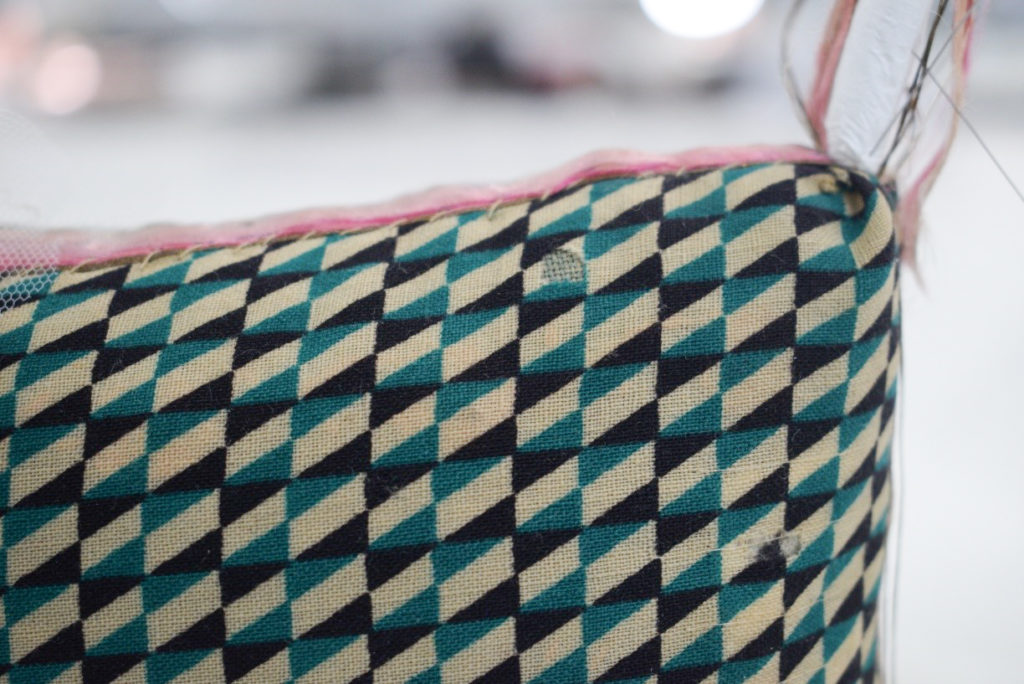

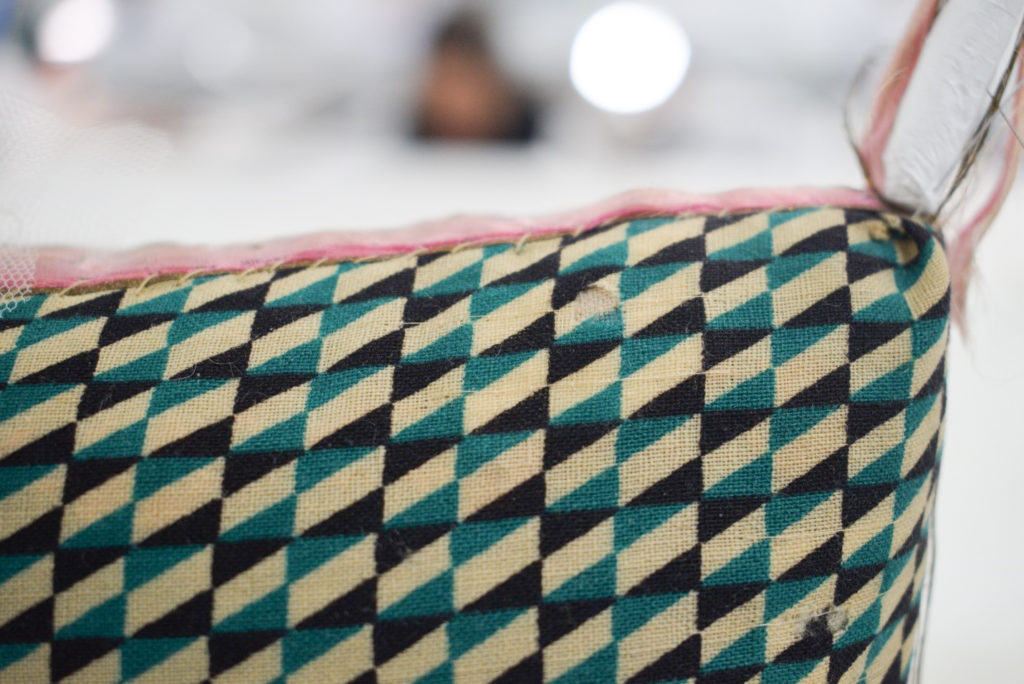
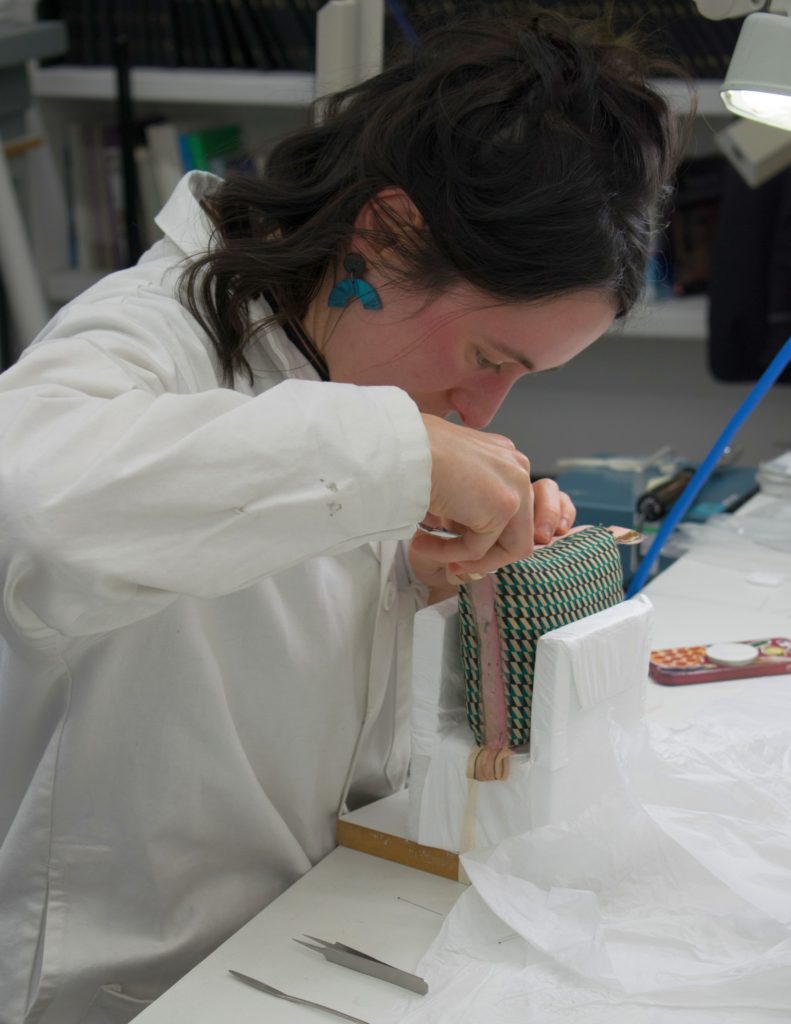

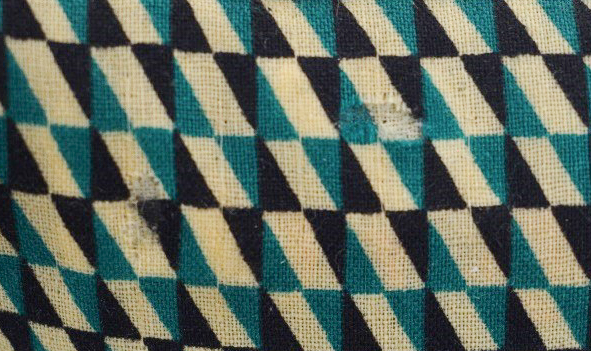
Hi Nicole. That looks amazing! When I was at the TCC I tried screen printing a textured background onto a support fabric to make it look like coarse linen in order to hide the lost areas of a Roman Egyptian painted shroud. I printed through a stencil, so that the paint only ended up where I wanted it to go! I think it looked ok.